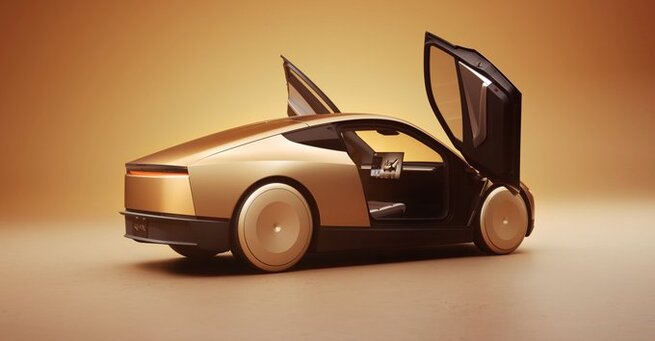Alerts

Tesla’s long-awaited Cybercab was meant to redefine transportation with full self-driving tech and no steering wheel in sight. However, new reports suggest Tesla’s Cybercab may have a steering wheel after all. According to Tesla board chair Robyn Denholm, regulatory requirements might force the automaker to include traditional controls when production begins in 2026.
While the original Cybercab design aimed for complete autonomy, U.S. safety regulators still require steering wheels and pedals unless a manufacturer secures special exemptions—a process that’s notoriously complex and time-consuming.
Tesla’s inclusion of a steering wheel isn’t a design setback—it’s a regulatory necessity. Federal safety rules are built around human-operated vehicles, and removing manual controls means Tesla must prove its autonomous systems meet or exceed human safety standards.
Denholm told Bloomberg, “If we have to have a steering wheel, it can have a steering wheel and pedals.” This statement suggests Tesla is prioritizing compliance and a faster production timeline over design purity.
If Tesla’s Cybercab has a steering wheel, it signals a cautious step toward autonomy rather than a leap. The company still plans to position it as a purpose-built robotaxi, but the temporary inclusion of manual controls could help Tesla roll out the vehicle sooner while continuing to refine its Full Self-Driving (FSD) technology.
This approach also helps Tesla avoid the long delays faced by companies seeking exemptions for driverless vehicles, such as Cruise and Waymo.
𝗦𝗲𝗺𝗮𝘀𝗼𝗰𝗶𝗮𝗹 𝗶𝘀 𝘄𝗵𝗲𝗿𝗲 𝗿𝗲𝗮𝗹 𝗽𝗲𝗼𝗽𝗹𝗲 𝗰𝗼𝗻𝗻𝗲𝗰𝘁, 𝗴𝗿𝗼𝘄, 𝗮𝗻𝗱 𝗯𝗲𝗹𝗼𝗻𝗴. We’re more than just a social platform — from jobs and blogs to events and daily chats, we bring people and ideas together in one simple, meaningful space.
